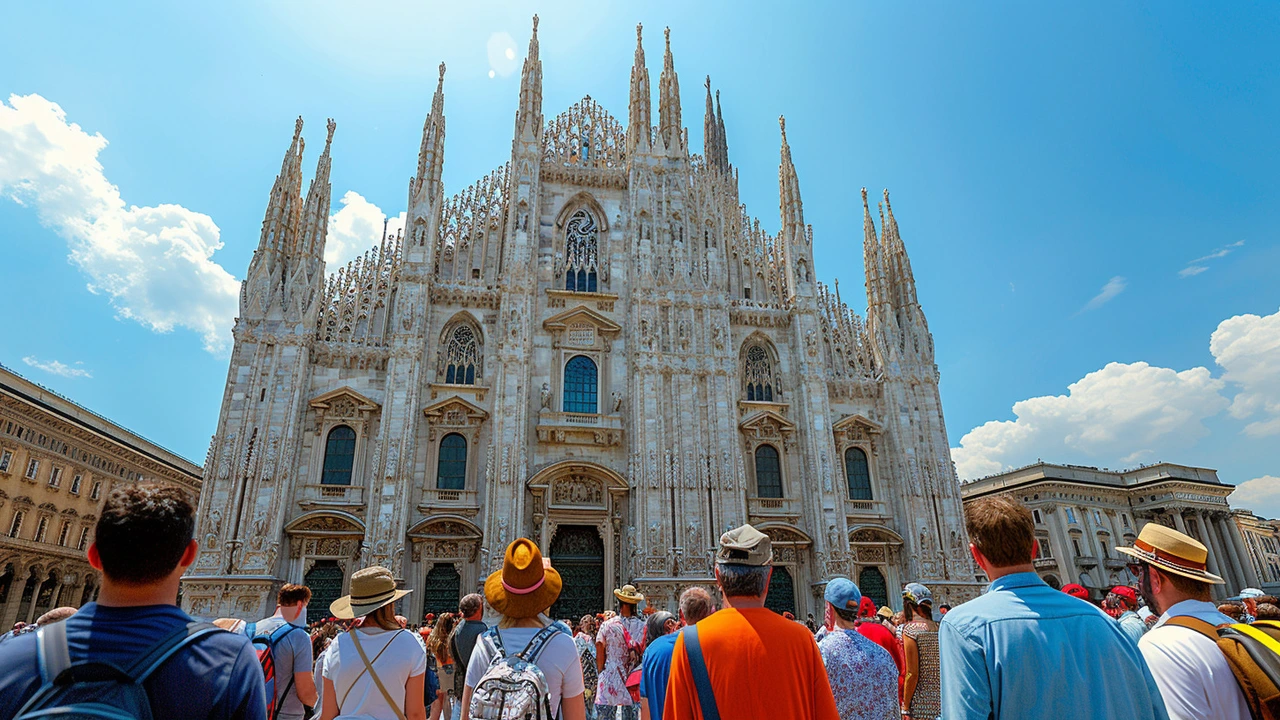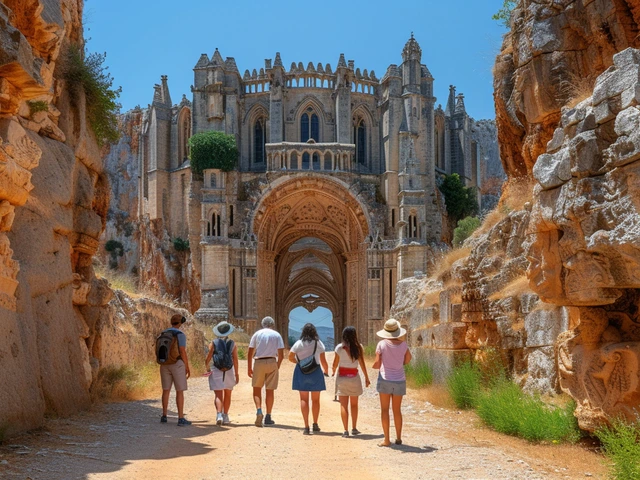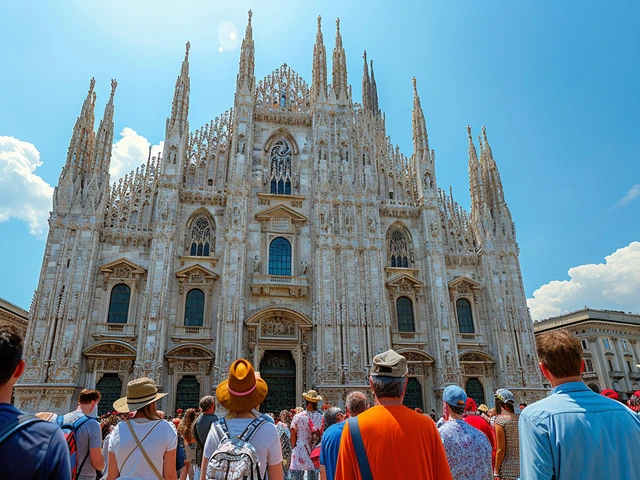Unveiling the Mystery: What is Gothic Revival Architecture?
Ever found yourself wandering down a cobblestone street in historical Europe, marveling at the towering, dark stone buildings with ornate features that seemed to whisper tales of long ago? Chances are high that you were admiring the remnants of a period that left us mesmerized with its architectural sophistication - the Gothic Revival period. It sure is gratifying to get caught up in the riddles of the past, isn't it? And you know what? I'll guide you through this intricate architectural maze of the past. So hold tight!
Gothic Revival architecture, as the name suggests, is an architectural movement that began in the late 1740s in England. It's a rebirth, a revival of the gothic style, but not quite. It's like Gothic's long lost grandchild who popped up from the past and decided to add a modern twist to granddaddy's style. The movement then flourished in the 19th century and the early 20th century, leaving a historical stamp not just in Europe, but around the world.
Exploring Its Signature Features
The unique features of Gothic Revival architecture are nothing less than dramatic - kinda like my younger self during my teenage years! Long, vertical lines, pointed arches, ornate tracery, and intricate details are just some of its striking characteristics. Gothic Revival architecture is like a giant cathedral, a brooding castle, and a whimsical fairyland all blended into one.
The pointed arch is a distinguishing feature, borrowing heavily from the original Gothic style. These arches are not just for front doors or windows, my friend - they are everywhere. From stairways to hallways to fireplaces - it's like a game of 'spot the pointed arch'. Trust me, it's better than 'spot the difference'.
Gothic Revival structures are like chocolate, they come in different shapes and sizes. However, the one thing they have in common is their verticality. They reach for the sky, almost trying to scratch the heaven's underbelly. But that's not all. Their often dark, somber exteriors are balanced by the lighter, airier interiors. Isn't it just like 'beauty and the beast' wrapped into one?
The Eccentricity of Ecclesiastical Architecture
In the Christian world, the Gothic Revival movement had a considerable impact on ecclesiastical architecture. Remember stepping into a church or a cathedral and feeling like the space above was infinite? Perhaps it was the effect of the impressive vaulted ceilings, or the long ascending lines that drew the eye upwards. And let's not forget the intricate stained glass windows that painted the floor with a spectacle of colors as the sunlight filtered through. It's no surprise that people felt closer to God in such majestically crafted spiritual homes.
The magic of ecclesiastical architecture doesn't end there. Picture a typical medieval church - narrow nave, high pointed arches, ribbed vaults - a celebration of heights and lights, if you will. The flamboyant variety even added natural elements, including animal and plant motifs, imbuing the spiritual experience with a touch of nature. It's like Mother Nature swung by, waved her magic wand, and left her signature in these divine spaces.
Gothic Revival in Domestic Architecture
Gothic Revival is not just about soaring cathedrals and epic public buildings. It also snuck its way into people's homes, transforming them into picturesque, story-like dwellings. Picture this: a cozy cottage with diamond pane windows, steeped roof, and perhaps a large chimney? Welcome to a typical Gothic Revival style home.
While the exteriors of these homes are striking enough to give you a serious case of house envy, the interiors pull at your heartstrings. High ceilings, decorative woodwork, intricately designed fireplaces, and the combination of dark wood furniture with lighter walls - it's a harmonious blend of grandeur and homeliness. Imagine curling up with a cup of hot chocolate in this comforting surrounding - blissful, isn't it?
The Grandeur of Institutional Buildings
Gothic Revival style was not reserved merely for homes and places of worship. It extended its dominance to educational and institutional buildings, creating unbiased grandeur across all societal sections. You might've walked past or even studied in one of these magnificent edifices without realizing the historical significance it carried.
Just think back to the neo-gothic style buildings dotted around many university campuses. They are characterized by large, imposing structures, often punctuated by soaring towers and embellished details. These buildings command authority - it's like they’re subtly whispering: "I’m old, I’m wise, respect me". I, for one, would not have dared to skip a lecture in such an imposing place!
The Lasting Legacy of Gothic Revival Architecture
Like a beautiful echo from our architectural history, the lasting legacy of Gothic Revival style can still be seen, admired, and experienced in present times. The infusion of romanticism and medievalism into modern architectural designs owe a lot of their elegance and timeless appeal to this bygone era.
Moreover, we can still enjoy and marvel at the existing buildings that were built during this period. So the next time you find yourself in front of an old, stately mansion or an imposing cathedral, pause for a moment - touch the walls, admire the pointy arches, look up at the vaulted ceilings. Who knows? You might even hear faint echoes of the past whispering stories of craftsmanship, dedication, and beauty that transcended time.
With all the whimsy of a fairy tale and grandeur of a castle, the Gothic Revival style took the architectural world by storm and left a lasting legacy that still enchants us today. Isn't it time we embraced and appreciated this architectural marvel a bit more? I, for one, am all in!





Leave a Comments